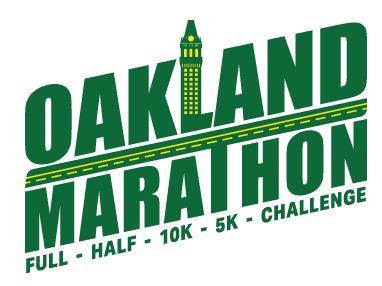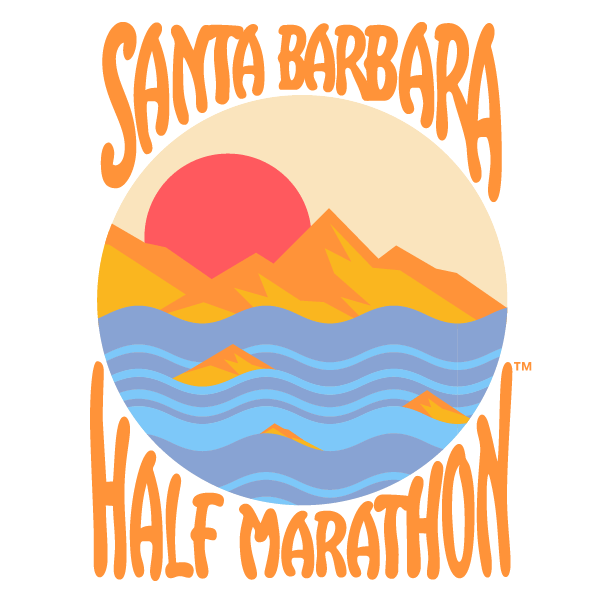A Short History of Santa Barbara’s Earth Day
Run Local’s newest event, the Santa Barbara Half Marathon, is set in a world-renowned location known for its laid-back California coastal vibe and designation as America’s Riviera.
However, less known is the pivotal role it played in the environmental movement, especially the founding of Earth Day in 1970. Thanks to the Community Environmental Council, we’ve reprinted some of this history below.
We also invite you to join them for their virtual Earth Day celebration from April 22–24 with discussions from youth, business and community climate leaders as well as musical performances by Kenny Loggins, Zach Gill and more.
CEC’s Santa Barbara Earth Day: A Brief History by Paul Relis, former CEC Executive Director
From Community Environmental Council
Reprinted with permission. The original article is here.
The Oil Spill
To understand how Santa Barbara became the home of the one of the most highly attended, most consistently held community-based Earth Day festivals on the West Coast, one needs to go back to the first Earth Day celebration in 1970.
Or rather, a year before that — because the story of this annual celebration actually started with a tragedy. On January 28, 1969, an oil platform six miles off of Santa Barbara’s coast ruptured, sending 80,000 to 100,000 barrels of crude oil into the Santa Barbara Channel over the next 10 days. The oil spread from Goleta to Ventura, killing thousands of sea birds, as well as dolphins, elephant seals, and sea lions.
“It’s hard to imagine today, but at the time it was the largest oil spill in the U.S.,” said Marc McGinnes, retired UCSB Environmental Studies Program professor. (Today the Santa Barbara spill ranks third behind the Deepwater Horizon spill in the Gulf in 2010 and the Exxon Valdez spill in 1989.) “What we now know as the environmental movement was just emerging. It was events like this and fires burning on the Cuyahoga River that got people’s attention.”
Environmental Activism
Over the next few years, the Nixon Administration would respond by putting into place the Environmental Protection Agency (EPA) and national legislation. Locally, on the first anniversary of the oil spill, activists hosted a national conference at Santa Barbara City College, with speakers that included notable environmentalists Paul Ehrlich and David Brower, political leaders Sen. Alan Cranston, Rep. Pete McCloskey and former Interior Secretary Stewart Udall, as well as Denis Hayes, coordinator of the first Earth Day, planned observances for later that year.
The ripples of that conference – in which the community began to channel its outrage, concern, and hopes for a better future – can still be felt today. One of these was the formation of the Community Environmental Council (CEC), whose first order of business was to open an ecology center on the corner of State and Anapamu, close down the street out front, and host one of the first Earth Day celebrations in the country on April 22, 1970. The organization is headquartered in the same block today.
The Earth Day Festival Was Born
“The festival itself was modest, with maybe 5,000 people. But when taken collectively, it turned out to be the world’s largest event – cities everywhere participated that day,” said former CEC Executive Director Paul Relis, who co-directed the organization in its early years with former Santa Barbara mayor Hal Conklin. Denis Hayes, the national organizer behind the first Earth Day, made his very first talk about his ideas for Earth Day at an auditorium in Santa Barbara. The first Earth Day would ultimately attract 20 million people across the U.S., one-tenth of the country’s population at the time. (Watch Hal and Denis speak on April 22, 2020 with CEC CEO Sigrid Wright about the first Earth Day in 1970, and how it informs the movement today).
The annual event continued on and off thru the 1970s, waned in the 1980s, and then was revitalized in 1990 when Denis Hayes called for a recommitment to a national day of recognition for the environment. Karen Feeney and Sharyn Main led an effort to re-spark the gathering with a 20th anniversary bash at Santa Barbara City College, and Earth Day has been held consistently and with increasing attendance by the CEC since then. (Hear Karen and Sharyn’s reflections on this Earth Day revival). 2020 was the first time in 25 years that a live festival was not held (read a reflection on the significance of us staying home from CEC CEO Sigrid Wright).
Today’s Earth Day Festival
The Earth Day Festival evolved into a 2+ day event at Alameda Park, with more than 250 local and national exhibitors, live music, and the longest-running public Green Car Show in the country. Major celebrities and activists attend to speak and participate, and the past decade the stage has hosted Environmental Heroes including director James Cameron and Suzy Amis Cameron, actress Daryl Hannah, Tesla Motorcars CEO Elon Musk, activist Van Jones, environmentalist Paul Hawken, 350.org founder Bill McKibben, 5 Gyres founder Marcus Eriksen, and scientist and TV host Bill Nye. With 30-40,000 people attending annually, it logs as the most well-attended annual Earth Day Festival on the West Coast, and longest continuously running in the U.S.
In 2021, the event is virtual for its second straight year and is dedicated to stepping into climate leadership. Attendees will join in on conversations with climate leaders, get into the groove with musical performances and art contests, build community and connect with eco-minded exhibitors, and learn how they can lean into climate action at this urgent moment.
The 2021 festival is free to attend and will stream live at SBearthday.org.




